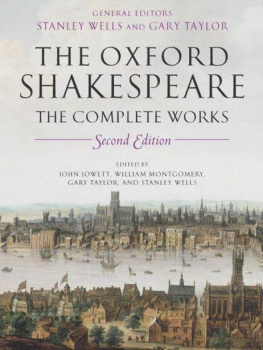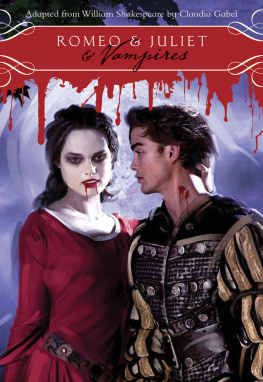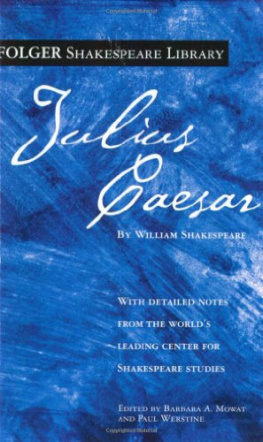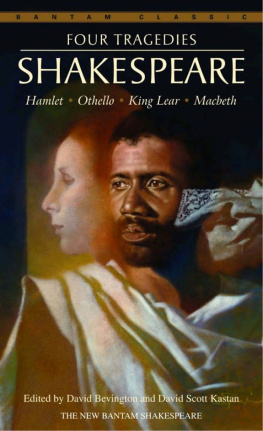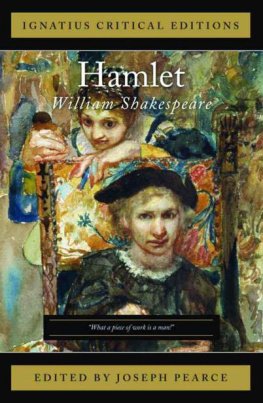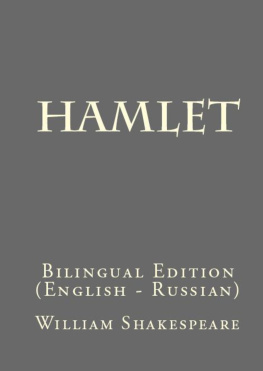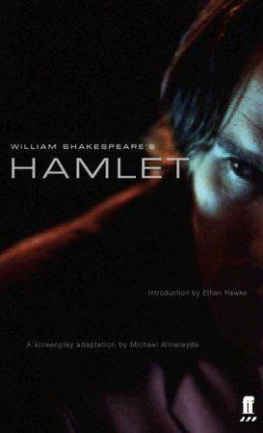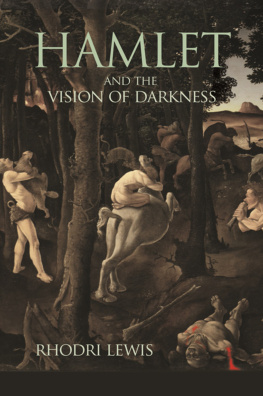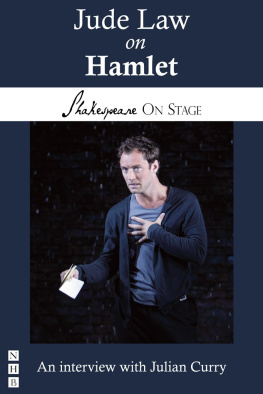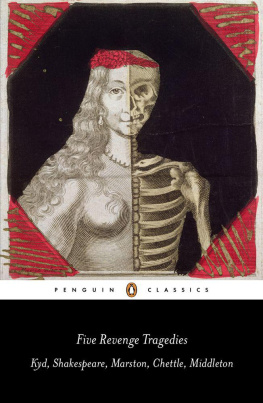William Shakespeare - The tragedy of Hamlet, Prince of Denmark
Here you can read online William Shakespeare - The tragedy of Hamlet, Prince of Denmark full text of the book (entire story) in english for free. Download pdf and epub, get meaning, cover and reviews about this ebook. City: New York;N.Y, year: 2006, publisher: Downtown Press;Signet Classics, genre: Detective and thriller. Description of the work, (preface) as well as reviews are available. Best literature library LitArk.com created for fans of good reading and offers a wide selection of genres:
Romance novel
Science fiction
Adventure
Detective
Science
History
Home and family
Prose
Art
Politics
Computer
Non-fiction
Religion
Business
Children
Humor
Choose a favorite category and find really read worthwhile books. Enjoy immersion in the world of imagination, feel the emotions of the characters or learn something new for yourself, make an fascinating discovery.

- Book:The tragedy of Hamlet, Prince of Denmark
- Author:
- Publisher:Downtown Press;Signet Classics
- Genre:
- Year:2006
- City:New York;N.Y
- Rating:3 / 5
- Favourites:Add to favourites
- Your mark:
- 60
- 1
- 2
- 3
- 4
- 5
The tragedy of Hamlet, Prince of Denmark: summary, description and annotation
We offer to read an annotation, description, summary or preface (depends on what the author of the book "The tragedy of Hamlet, Prince of Denmark" wrote himself). If you haven't found the necessary information about the book — write in the comments, we will try to find it.
William Shakespeare: author's other books
Who wrote The tragedy of Hamlet, Prince of Denmark? Find out the surname, the name of the author of the book and a list of all author's works by series.
The tragedy of Hamlet, Prince of Denmark — read online for free the complete book (whole text) full work
Below is the text of the book, divided by pages. System saving the place of the last page read, allows you to conveniently read the book "The tragedy of Hamlet, Prince of Denmark" online for free, without having to search again every time where you left off. Put a bookmark, and you can go to the page where you finished reading at any time.
Font size:
Interval:
Bookmark:

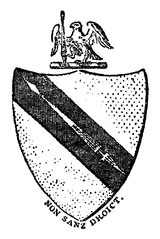
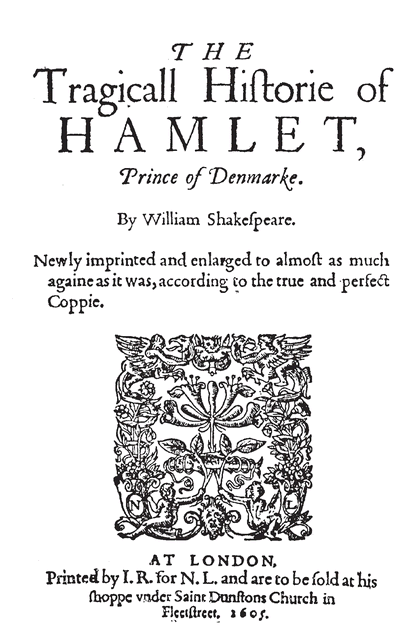
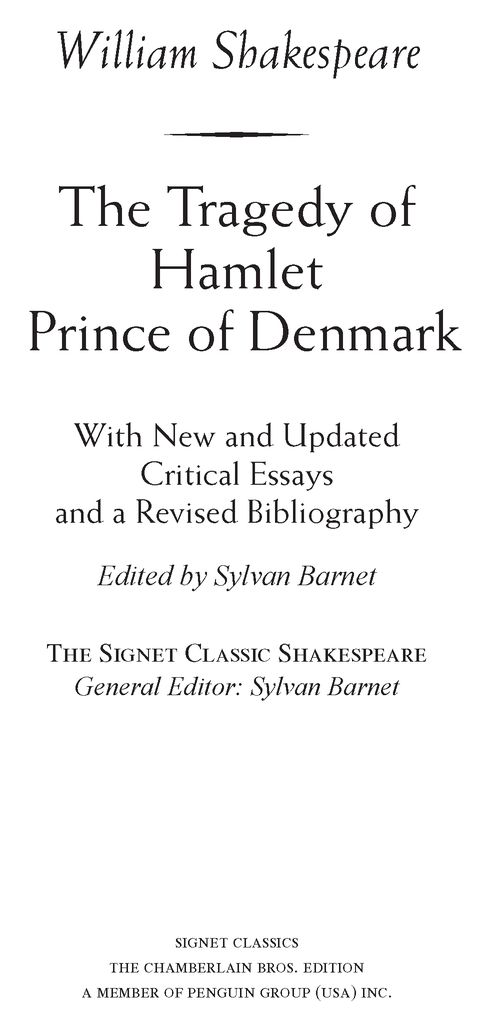
Published by the Penguin Group
Penguin Group (USA) Inc., 375 Hudson Street, New York, New York 10014, USA
Penguin Group (Canada), 90 Eglinton Avenue East, Suite 700, Toronto, Ontario M4P 2Y3,
Canada (a division of Pearson Penguin Canada Inc.)
Penguin Books Ltd, 80 Strand, London WC2R 0RL, England
Penguin Ireland, 25 St Stephens Green, Dublin 2, Ireland
(a division of Penguin Books Ltd)
Penguin Group (Australia), 250 Camberwell Road, Camberwell, Victoria 3124, Australia
(a division of Pearson Australia Group Pty Ltd)
Penguin Books India Pvt Ltd, 11 Community Centre, Panchsheel Park,
New Delhi-110 017, India
Penguin Group (NZ), Cnr Airborne and Rosedale Roads, Albany, Auckland 1310,
New Zealand (a division of Pearson New Zealand Ltd)
Penguin Books (South Africa) (Pty) Ltd, 24 Sturdee Avenue,
Rosebank, Johannesburg 2196, South Africa
and Chamberlain Bros., members of Penguin Group (USA) Inc.
First Chamberlain Bros. edition, 2006
Copyright 1963, 1986, 1987, 1998 by Sylvan Barnett
distributed in any printed or electronic form without permission. Please do not
participate in or encourage piracy of copyrighted materials in violation
of the authors rights. Purchase only authorized editions.
Published simultaneously in Canada
http://us.penguingroup.com
To seek their fortunes farther than at home
Where small experience grows. (1.2.49-51)
Font size:
Interval:
Bookmark:
Similar books «The tragedy of Hamlet, Prince of Denmark»
Look at similar books to The tragedy of Hamlet, Prince of Denmark. We have selected literature similar in name and meaning in the hope of providing readers with more options to find new, interesting, not yet read works.
Discussion, reviews of the book The tragedy of Hamlet, Prince of Denmark and just readers' own opinions. Leave your comments, write what you think about the work, its meaning or the main characters. Specify what exactly you liked and what you didn't like, and why you think so.

